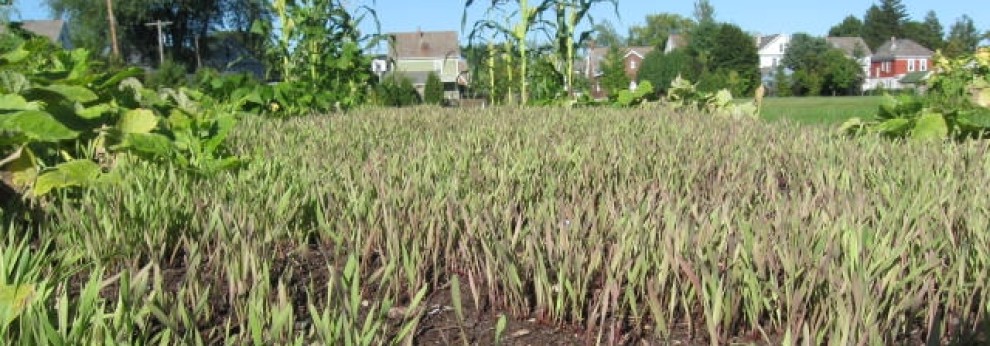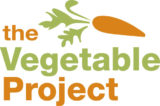We are moving ever so gingerly toward composting fruit and vegetable scraps at Albany High. In time, this could be one of the best things we do.

Decomposition is aided by a mix of nitrogen-rich “green materials,” such as fresh fruit scraps, and carbon-rich “brown” materials, such as dried plant stalks.
How, you wonder, could deadly dull composting ever compare to plucking beans and peas from the vine and popping them right in your mouth? How could it possibly compare with getting kids who say they don’t eat greens to try them and to then to declare that they truly like them? How could it provide the satisfaction of a fall harvest?
Well, we see the initiative as a route to engaging students in conversation about environmental challenges and the role that individuals can play in meeting these challenges. Composting can trim use of fossil fuel-dependent fertilizers. It can save landfill space. And it can reduce methane emissions from landfills. We see collecting fruit and vegetable scraps and dropping them in a bin outside as a path to talking about soil health, the science behind decomposition and policy issues around solid waste management and the cost of cheap food. In other words, we think this exercise will prove intellectually stimulating.
If we are really successful, we will put learning in a positive light. We never say, “You have to learn this because it will be on the test.” We are confident, however, that students who experience the satisfaction of real learning will also do better on their tests.
We are not remotely thinking of asking students any time soon to separate fruit and vegetable waste from the rest of their lunch waste in the school cafeteria, where the commotion is too great. Rather, we have placed small collection bins in six classrooms where eating is allowed. And we have talked with perhaps 300 students so far in small groups about how they can participate in this effort.
Early indications are positive. Students are asking good questions about the purpose or the mechanics of how it works. And we are not finding any general trash in our collection bins. We are a long ways away from diverting a meaningful volume of material from the waste stream that ends at the city landfill. The positive indicators, however, seem to signal student care for their surroundings, something that isn’t always so visible.
So why such tiny steps?
We need to build storage capacity outdoors. We need to be sure we do not attract pests to collection areas inside the school or outside. Stacking up nitrogen-rich greens on our compost pile, without mixing in enough carbon-rich materials, such as dried leaves, will create an unpleasant smell. And we don’t have enough brown material stored up for this purpose. Probably most challenging, we need a plan, perhaps based on energetic and muscular youth, for turning heavy piles now and then and sifting out well-decomposed material.
We will get there.
–Bill Stoneman



